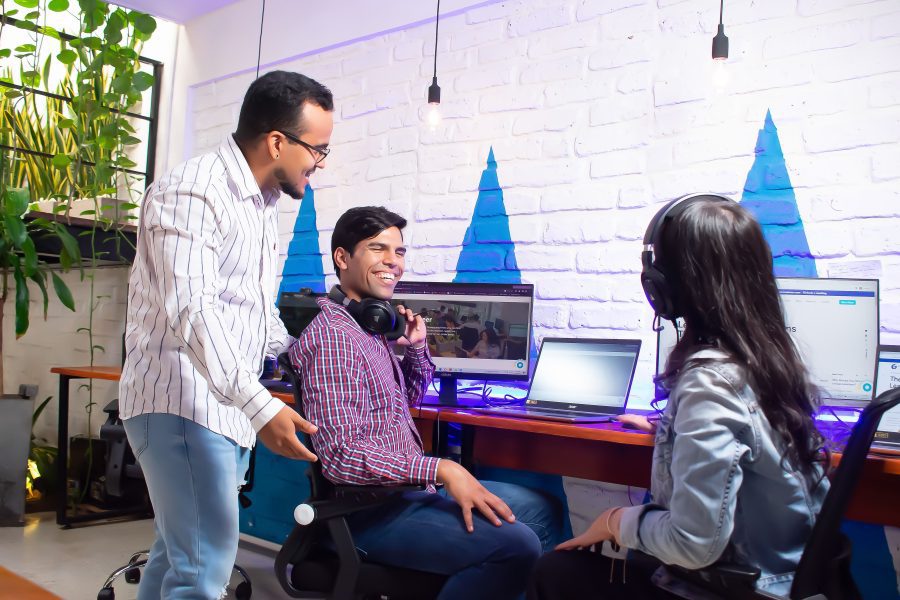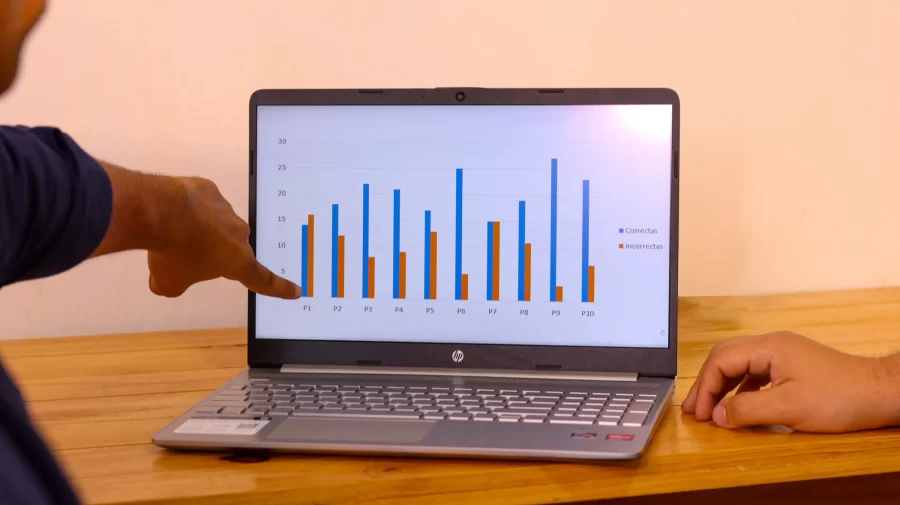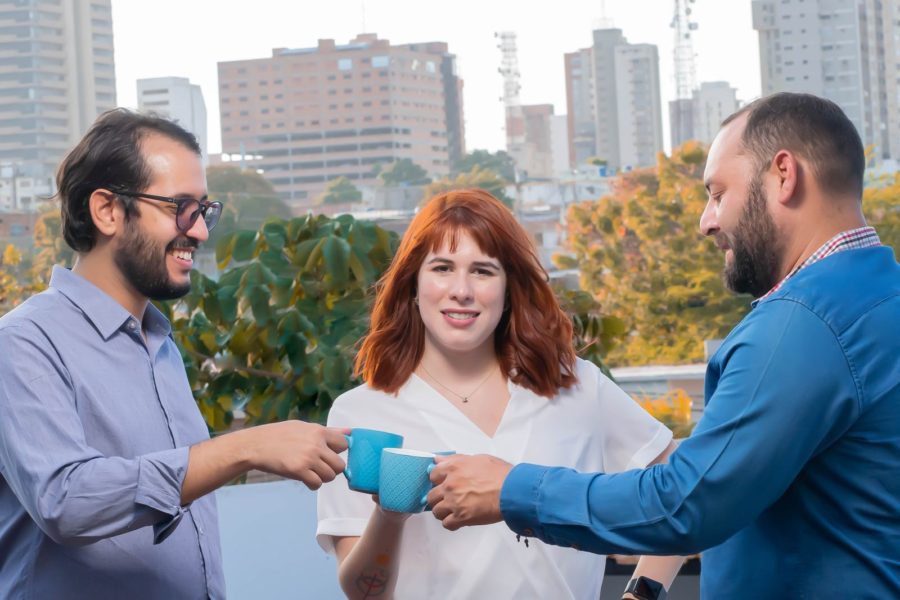More and more people are becoming interested in freelancing for different reasons and in various parts of the world. Some want the flexibility and independence this form of work offers, and others wish for a more accessible way to generate income while running their businesses.
All reasons are valid and welcome. The doors of the freelance business are open to everyone. And each day, more people are making this excellent decision.
Do you want to earn money while simultaneously enjoying the significant advantages of free and independent work? You are in the right place.
Beyond discussing promises of a prosperous future and attractive business vocabulary, I will tell you about actual events and experiences. Almost a year ago, I was in the same place as you, and I can tell you how I started freelancing in Latin America and how it has worked for me so far.
I study two careers simultaneously, so when looking to generate income, I needed an option that would allow me to accommodate my work schedule flexibly and fit my schedule.
So when the opportunity to be a freelancer knocked on the door, I took it without a second thought. This type of work is perfect for everyone, especially those beginning to train in a career or starting a business and wanting to work independently.
It’s ideal because if you move your cards well and find a good niche, you can make money with any skill you have without much experience.
What You Need to Start Freelancing
To be a freelancer, you don’t need to have a specific level of study or too many diplomas or certificates. There are no structured requirements, as this way of working is reasonably accessible and flexible.
1. Create a Good Résumé
Your CV must show all your professional potential since this will be your letter of introduction to any client and, in many cases, the door that opens or closes for you. Luckily, we have an article and a video on our YouTube channel about the best tips for writing a successful and attractive CV for any client. Make sure to check them out and get down to business with yours!
2. A Professional Email Address
This may seem silly advice, but you need an email address, as every platform you sign up for will ask for one. Besides, through it, you can communicate with your clients, deliver jobs, receive offers, etc. Your address must be serious and professional. Recommended: base it on your real name.
3. Learn Another Language
If your native language is English, you can start with it, as most platforms are in English, which is spoken by basically everyone in the business world. This allows you to communicate with clients from anywhere in the world. However, it is still an improvement to your resume and chances of hiring. Therefore, we encourage you to learn more languages. You can learn Spanish, French, or Portuguese with our consulting services!
4. Create Your Portfolio
Collect all the work you have done so far regarding the area in which you want to work as a freelancer, and of course, as you work, update and renew your portfolio so that you have more and more to show your future clients. Focus on showing the best you have created so they can see your most striking face.
Where To Start Your Freelance Career
Several platforms offer different terms, conditions, and tools for freelancers. We recommend that you look at the experiences and opinions of people who have already worked on these to understand how things work there clearly.
Some of these are:
However, I would like to continue to guide you using my experience as an example, expand your options, and give you a clearer picture of how you can start your career as a freelancer.
I started my career at Freelance Latin America. My experience has been enormously rewarding, to the point where I have not found a platform like this one. Are you interested in knowing more about this? Keep reading.
How to Work With Freelance Latin America?
Although not much is said about this, many international entrepreneurs are interested in hiring Latin American talent. Most find trusted providers who guarantee excellent quality work, precisely what we do at Freelance Latin America. We provide freelancers with responsible and safe clients and ensure efficient, professional clients fulfill their needs.
It makes everyone’s job easier and more efficient, following the company’s philosophy of win-win deals.
To understand how you can start working with us, you can read on and also watch this video we made for you:
Apply For a Job Position
You have two ways to apply for a job position with us.
You can check our available positions on our Instagram and send your resume to recruitment@freelancelatam.com. We will contact you later. You can also access our website, where you will find a button that says “work as a freelancer.”
Here, you will see a list of all available positions, and you will be shown the steps to follow to submit your application to our database.

Wait for Our Answer
Once our recruitment team receives your resume and determines that you could do an excellent job in that position, you must send a voice note proving your fluency in English or the language required by the client for the job.
You must also complete a form with the information we need about you, such as your schedule availability and how much you expect to earn.
Subsequently, you will begin to be part of our database, where you will be contacted as soon as it is determined that you are the right match for the client. Thus, you will move toward the final step of the evaluation.
Get Interviewed
In this part of the process, an interview is scheduled between you, the client, and representatives of our team as intermediaries to finish the hiring process.
This interview is intended to help the client and freelancer get to know each other better, clarify doubts, and establish the best possible deal. After the interview, you will be notified if you were hired or not.
And that’s it. You start your career as a freelancer and your path to success and continuous improvement.
See more articles by Andrea Corona.





